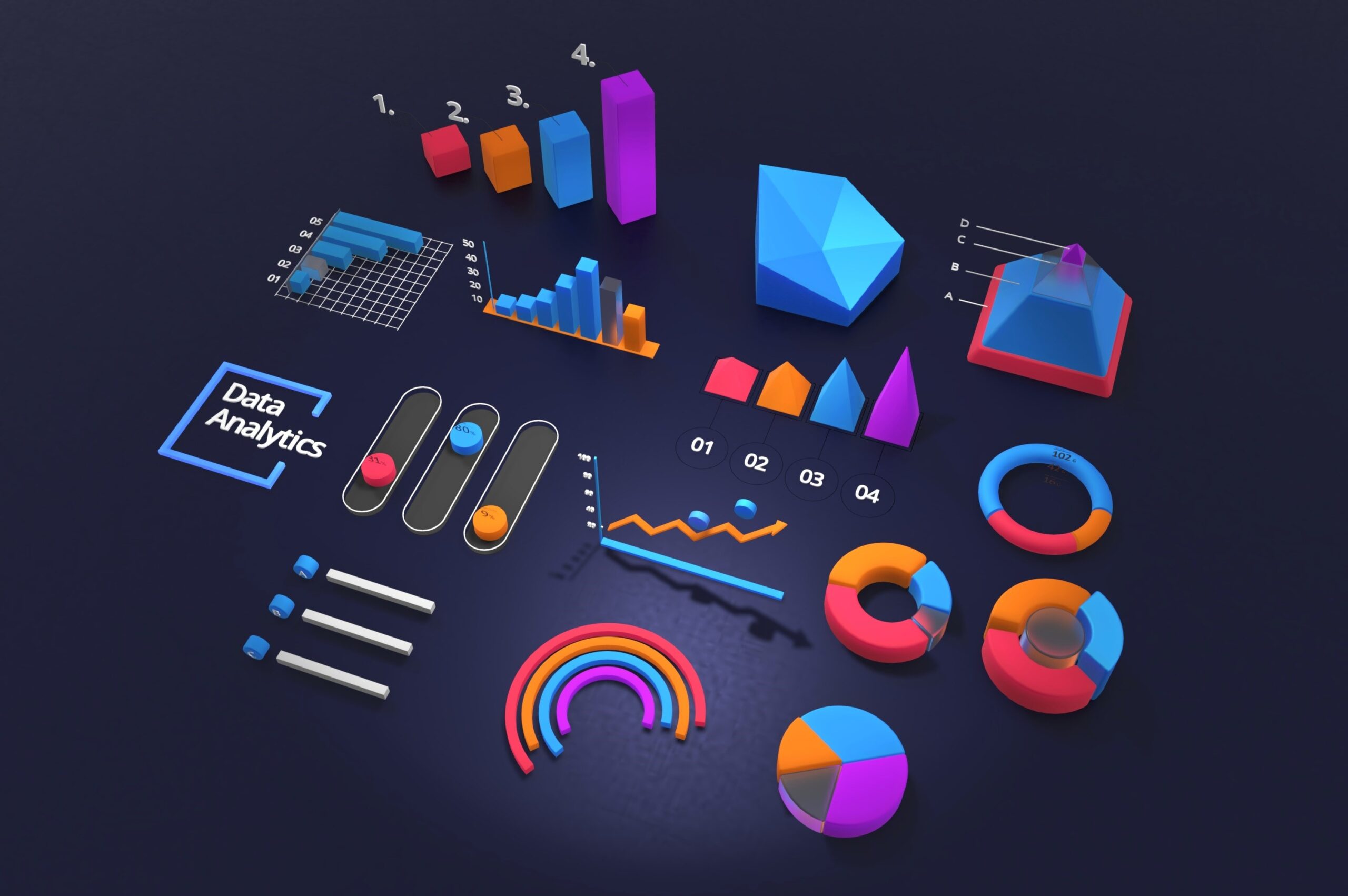Retaining customers and minimizing churn is a top priority for businesses. One proven method to predict and prevent customer churn is the implementation of a Customer Health Score (CHS). As an essential metric in customer success management, the CHS enables businesses to identify their clients’ overall satisfaction and engagement by analyzing various factors, such as their activity and behavior.
Leveraging artificial intelligence (AI) to calculate the Customer Health Score can further enhance the accuracy of this metric while significantly reducing manual efforts. By analyzing a vast array of data points, AI-powered algorithms can uncover hidden patterns and trends that might not be apparent to the human eye. AI-driven CHS is an invaluable tool for predicting and preventing potential churn by efficiently using qualitative and quantitative data and accurately evaluating customer satisfaction.
Incorporating an AI-driven Customer Health Score into the business strategy allows for a more proactive approach to customer success management. This empowers companies to detect early warning signs of dissatisfaction and take strategic actions to retain customers, ultimately boosting customer lifetime value and driving revenue.
- Understanding Customer Health Scores in Businesses
- AI and Predictive Analytics in Calculating Customer Health Scores
- Key Indications and Factors to Predict Churn
- Improving and Measuring Customer Health with AI Tools
- The Impact of Customer Health Scores on Business Revenue and Retention
Understanding Customer Health Scores in Businesses
Customer Health Score is a vital metric for businesses to determine the overall health of their relationship with their customers. Customer health score is essential because it encompasses multiple factors such as customer success, product usage, and satisfaction, which helps organizations predict customer churn and enhance retention. By employing AI algorithms, businesses can efficiently analyze customer activity and behavior, identifying patterns used to calculate a customer health score.
An effective customer health score focuses on various metrics that reflect the customer’s experience with a product or service. Some essential points to consider to measure customer health can include:
Product Usage: Monitoring how frequently and effectively customers utilize the product or service offered is crucial in gauging their satisfaction and engagement levels.
Customer Success: Understanding a customer’s progress towards achieving their desired outcomes with the product or service helps businesses identify the areas to improve.
Satisfaction: Customer feedback and survey results can reveal their satisfaction and areas where they encounter difficulties.
AI algorithms remarkably streamline the process of analyzing the collected customer data. By employing machine learning techniques, businesses can pinpoint patterns and correlations between factors like customer engagement levels and churn rates. Implementing such advanced technologies allows organizations to make informed, data-driven decisions.
Businesses must prioritize understanding customer buying behavior and monitoring their Customer Health Scores to make progress in customer retention and success. AI-driven predictive models can further analyze customer activity and consumer behavior, providing crucial insights for strategizing business plans and improvements. Taking appropriate actions based on these scores ultimately leads to a stronger and healthier relationship with customers.
AI and Predictive Analytics in Calculating Customer Health Scores

In the era of customer-centricity, businesses leverage AI and predictive analytics to assess their customers’ satisfaction levels and retention. By calculating customer health scores (CHS), organizations can predict churn and proactively maintain healthy customer relationships.
Customer health scores are numerical representations (e.g., 1-10 or percentage-based) reflecting a customer’s status with a business. These scores evaluate various metrics, such as ways to collect data such as customer support interactions, recent logins, and net promoter scores (NPS), providing valuable insights into customer behavior.
To calculate CHS, AI-powered predictive analytics solutions analyze historical data to identify patterns and trends that can influence customer retention. They use comprehensive industry datasets, including customer demographics, purchase history, and engagement data, to fuel machine-learning algorithms capable of making informed market predictions.
The methodology behind predictive CHS calculations involves the following steps:
Gather data: Collect a diverse dataset reflecting customer activity and behavior across various channels.
Identify metrics: Choose crucial metrics that impact customer health, such as support interactions and usage patterns.
Develop a model: Train a machine learning algorithm using the identified metrics and historical data to predict future customer behavior.
Assign scores: Based on the model’s predictions, generate customer health scores reflecting the customers’ potential churn risks or growth potential.
Continuously refine: Monitor results and regularly update data to improve the model’s accuracy and relevance over time.
When implemented correctly, AI-driven predictive analytics can achieve a 360-degree customer view and help businesses understand how to engage with their customers proactively. Organizations can prioritize high-value, at-risk customers by assigning health scores to each customer and creating personalized intervention strategies.
The quantifiable nature of customer health scores allows businesses to monitor, evaluate, and improve key performance indicators (KPIs), contributing to increased customer satisfaction and retention rates. Adopting a predictive analytics approach to CHS enables businesses to make data-driven decisions and strengthen customer relationships.
Key Indications and Factors to Predict Churn

Predicting customer churn is crucial for businesses to maintain a steady flow of revenue and ensure customer satisfaction. Incorporating AI into the process can help organizations calculate a Customer Health Score. This score is based on customer activity and behavior, allowing businesses to take preventive measures. In this section, we will discuss the key indications and factors involved in predicting churn.
1. Decrease in usage: A significant drop in a customer’s engagement with a product or service can be an early sign of potential churn. Monitoring customer usage patterns and addressing sudden customer journey declines can help prevent churn.
2. Change in communication frequency: If there is a noticeable change in the frequency of communication between the customer and the company, it could indicate churn. Maintaining regular contact with new customers and promptly addressing their concerns can help keep them satisfied.
3. Billing issues: Unresolved billing problems or increasing payment delays may suggest customer dissatisfaction. Resolving such issues in a timely manner can reduce the churn rate.
4. Negative customer feedback: Keep an eye out for negative feedback from existing customers through reviews or social media. Addressing these concerns can help improve customer satisfaction and prevent churn.
5. Customer demographics and behavior: Analyzing customer demographics and behaviors can help identify patterns in customer behavior that lead to churn. For example, new customers might have a higher churn rate than long-term clients. Targeted marketing campaigns and interventions can be applied to specific customer segments to minimize churn.
6. Low customer satisfaction scores: Regularly measuring customer satisfaction can help predict churn. Low customer data scores may indicate potential churn risk and necessitate immediate action to resolve concerns.
7. Reduced customer referrals: A decline in customer referrals during certain periods can be an indicator of overall dissatisfaction, possibly leading to churn. Encouraging satisfied customers to refer their friends and family can help maintain a healthy customer base.
By integrating AI-driven solutions into the entire customer journey, businesses can use these key indicators to predict churn effectively and stay ahead of issues that may contribute to customer dissatisfaction. A comprehensive understanding of these factors will enable organizations to create tailored interventions and ultimately reduce their churn rate.
Improving and Measuring Customer Health with AI Tools
Measuring customer health has become increasingly important for organizations as they strive to maintain and improve customer satisfaction and loyalty. With AI tools, companies can efficiently analyze customer activity and consumer behavior, leading to a better understanding of their customer’s needs and the ability to predict churn more accurately.
AI-driven analytics tools are capable of processing large amounts of different combinations of data from various sources, such as customer support interactions, website used, purchase history, and product usage patterns. These tools can then calculate a Customer Health Score (CHS) based on the analyzed data, clearly indicating the overall customer satisfaction and the likelihood of churn.
Customer success managers can benefit from AI tools in several ways:
Identifying at-risk customers: AI can detect potential churn risks by analyzing last login, customer reviews, and net promoter score (NPS). By acting on this information, customer success managers can proactively reach out to at-risk customers, offering targeted solutions or incentives to reduce the chance of leaving the business.
Prioritizing customer engagement: With AI-generated customer health scores, customer success managers can prioritize interactions based on the customers’ needs and potential growth opportunities. Focusing on high-priority customers can lead to increased satisfaction, loyalty, and ultimately, revenue.
Tailoring customer communications: By understanding each customer’s individual preferences, AI tools can help deliver personalized experiences and promotions, strengthening the customer’s connection with the company and enhancing their overall satisfaction.
To implement an effective AI-driven measurement system for customer health, businesses need to:
Choose suitable AI tools based on their specific needs and data sources.
Define the metrics, such as support data, NPS, and product usage, that impact customer health scores and use these as inputs for the AI tools.
Continuously monitor the accuracy of the CHS and make necessary adjustments to the metrics or AI algorithms to ensure improved predictions.
AI tools offer significant advantages for organizations looking to measure and improve customer health. By harnessing the power of AI, businesses can gain valuable insights into their customers’ behavior and satisfaction through consumer behavior analysis, ultimately leading to better customer experiences and increased retention.
The Impact of Customer Health Scores on Business Revenue and Retention
Customer Health Scores (CHS) are valuable for businesses looking to improve revenue and customer retention. By leveraging artificial intelligence to analyze customer activity and other customer behavior patterns, CHS helps companies predict which customers are at risk of churning. This allows businesses to proactively address issues before they escalate, ultimately resulting in increased customer loyalty and retention.
An important aspect of CHS is its correlation with customer retention rates. According to Gartner research, 36% of technology marketers use customer retention rates to gauge their team’s performance. A high CHS typically indicates strong customer engagement, leading to higher customer retention. Retaining customers is essential for businesses, as it can save money on acquisition costs and contribute to stable revenue streams.
Furthermore, CHS can influence the customer lifetime value (CLV), which is a crucial aspect of a business or industry’s financial health. The higher the retention rate, the longer a customer stays with the company, leading to increased revenues through recurring sales and potential upsells. Proactively monitoring CHS allows businesses to identify opportunities for upselling or cross-selling to retain customers, thus maximizing the customer’s lifetime value.
In addition to revenue growth, focusing marketing and sales efforts on CHS positively impacts customer loyalty. By understanding customer needs and addressing potential issues ahead of time, companies can deliver better experiences and tailored services. This builds a strong relationship between the business and the customer, fostering loyalty and advocacy.
Implementing CHS not only offers businesses insights into their customers and consumers behavior but also prompts continuous improvement in customer service strategies. This becomes a cycle of growth, where effective CHS management drives customer retention, increased loyalty, and revenue expansion.
Platforce is the best CRM software for lead generation, order management, sales automation, and task management. Unlike other software, Platforce gives your company all it needs to optimize customer relations and boost customer experience. Try out the Platforce CRM system with a demo now. You can also stay updated on our Youtube and LinkedIn channels.




























